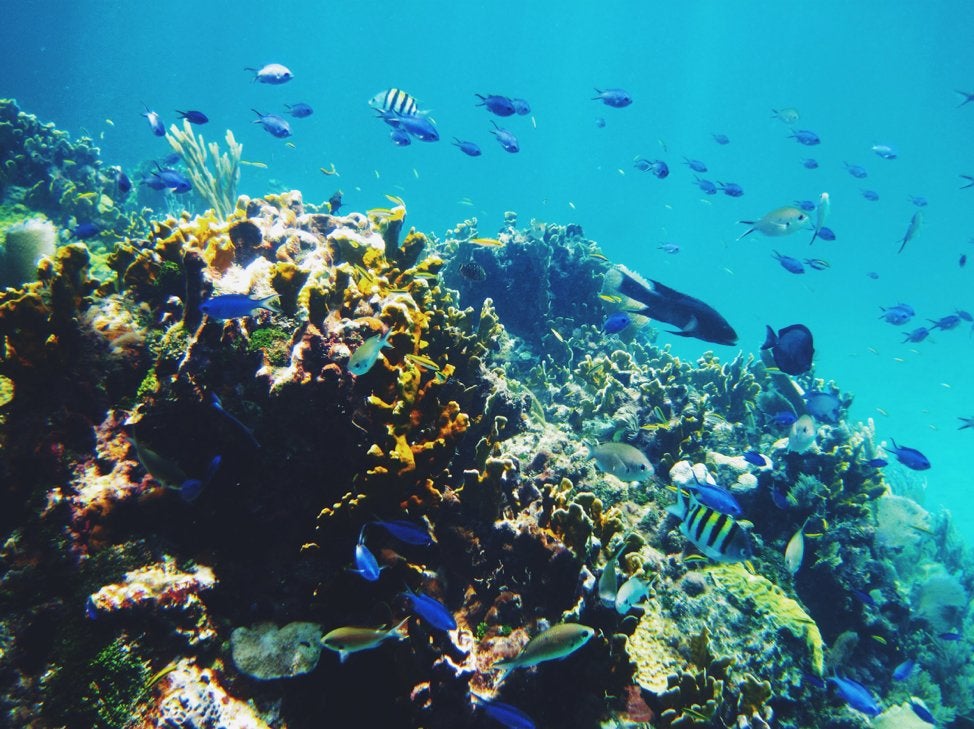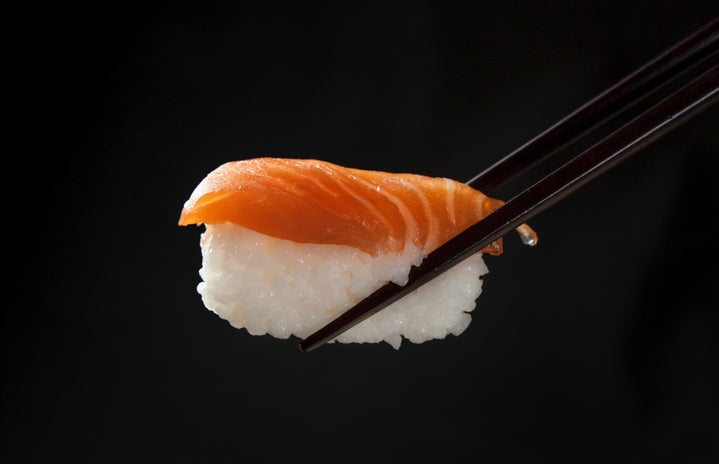I’m starting this article off as a person who enjoys eating fish. I love clam chowder, fish sticks, and a nice grilled salmon. I never fail to get excited to eat out at Legal Sea Foods or order takeout from a sushi restaurant. Since I’m already a sensitive person who’s quite empathetic, I have had moments where I feel bad for the fish. I even hate fishing because I don’t like to see the hook in the poor fish’s mouth or watch them struggle for air. I imagine them nimbly swimming in the wide ocean without a care, then suddenly unable to breathe and pushed up against thousands of other squirming fish in a tightly wound net. Maybe I’ve seen Finding Nemo one too many times, but I think movies like these are crucial to remind us that these fish are imperative to our oceans. This is why I want to watch Netflix’s Seaspiracy. While Pixar movies pull at my heartstrings and my empathy sometimes stops me from eating fish for dinner, these have so far been short-term effects. If I am hit with the facts and evidence behind why fishing and consuming fish is harming our oceans, maybe I will stop my personal consumption. So, here goes nothing!

Alright, so far I’m about 10 minutes in and this documentary is already graphic and hard to watch. British filmmaker, Ali Tabrizi, is attempting to prove how the slaughtering of dolphins and whales by the Japanese government is just as destructive as plastic is to our environment. Whales may seem trivial to our survival, but they are critical. According to the Whale and Dolphin Conservation, when whales come to the ocean’s surface they basically take a huge poop which releases imperative nutrients to the survival of phytoplankton. Thanks to photosynthesis, phytoplankton can absorb as much carbon dioxide from the atmosphere as ALL of Earth’s land-based ecosystems and produce half of our planet’s oxygen. Long story short, if the whales die, we die.
Then we have the problem of “bycatch.” During commercial fishing, the ocean’s wildlife such as sharks, dolphins, seals, birds, and whales are also caught. This has led to the death of over 300,000 whales and dolphins each year, according to the documentary. In the Great Pacific Garbage Patch, the designed-to-kill fishing nets left by commercial fishing are responsible for large amounts of the patch’s waste along with other microplastics.
The documentary then tackles why organizations such as the Plastic Pollution Coalition (PPC) don’t urge people to stop eating fish. This is because the PPC is a project by the Earth Island Institute, an organization that claims to provide labels onto dolphin-safe tuna cans but makes little effort to guarantee the tuna their labels are stuck to are providing sustainable fish. If the commercial fishing industry is eliminated, then the Earth Island Institute has no labels to sell and thus the PPC would make much less money. It is all an interconnected web of greed.
As I am nearing the end of the documentary, I have to admit that there is just so much information and sadness to process. The documentary delves into the corruption and cheap labor, aka slavery, that is occurring on the fishing boats marketed to us as happy fishermen on the calm sea. We are also made into believing that the salmon on our plates is fresh and healthy when in reality they were infested with lice and harsh chemicals before being modified to look pinkish.
After finishing the documentary, I wanted to fact-check the validity of its claims and how destructive our consumption of fish really is. In fact, some reports claim that the documentary does more harm than good by convincing audiences that eliminating their consumption of fish will single-handedly save our oceans. While halting our fish intake may help, the reality is that we need to push for policy change and blame industrial companies, not the NGOs (non-governmental organizations).
Now to answer the big question, will I stop eating fish? Yes. While this documentary may carry false information and lead us in the wrong direction to save the ocean’s biodiversity, it definitely changed my mind on whether or not the consumption of fish is moral. While they may not cry in anguish when they are caught, fish have a nervous system that allows them to comprehend pain. According to a recent study, “When rainbow trout had painful acetic acid or bee venom injected into their sensitive lips, they stopped eating, rocked back and forth on the tank floor, and rubbed their lips against the tank walls. Fish who were injected with a harmless saline solution didn’t display this abnormal behavior.” Fish also have complex social relationships and use democratic decision-making. During one scene in the documentary, a man was chopping up a fish while the others in the tank watched helplessly. They could have been watching their friend, family member, or simply another fish they got to know be cruelly murdered.




